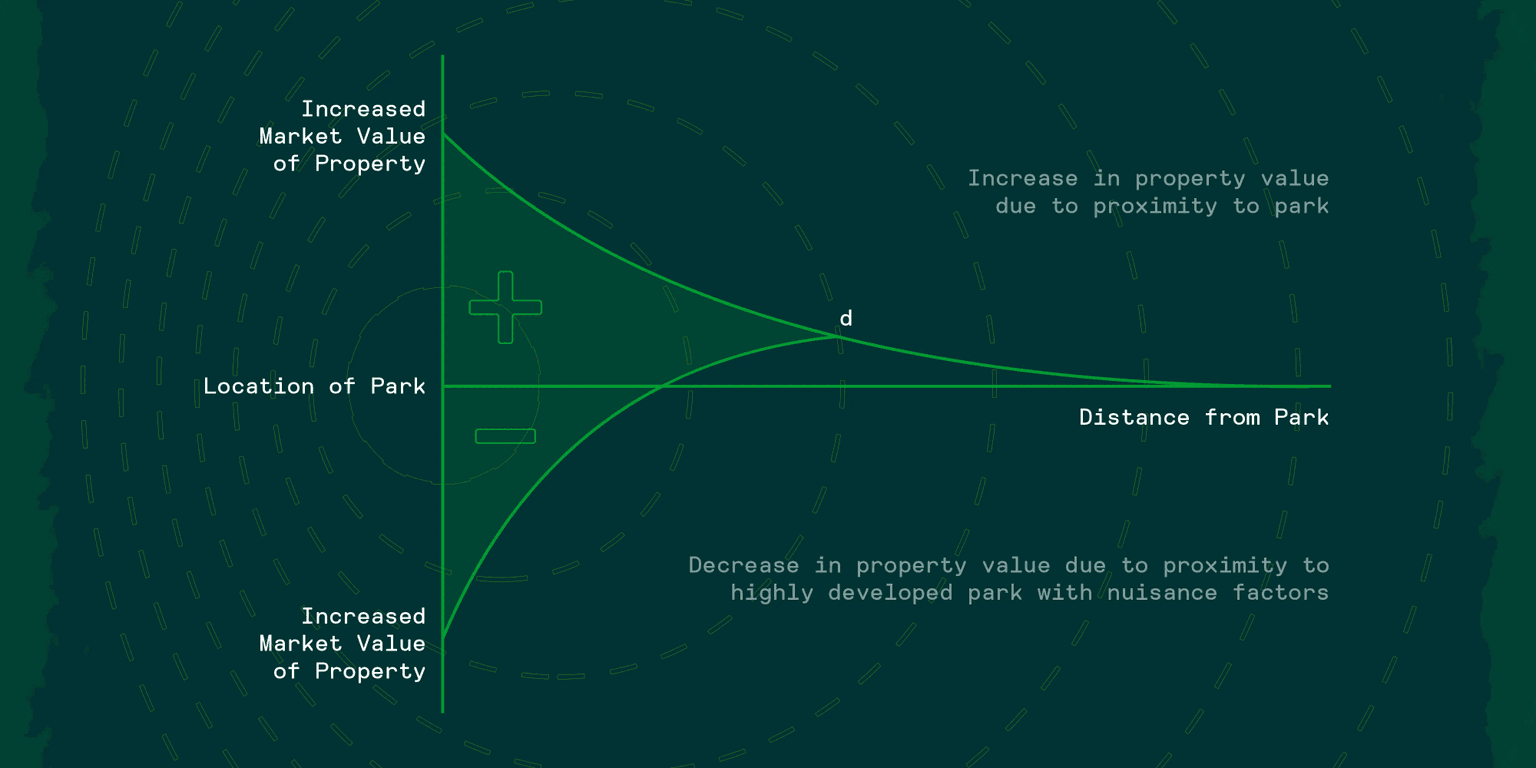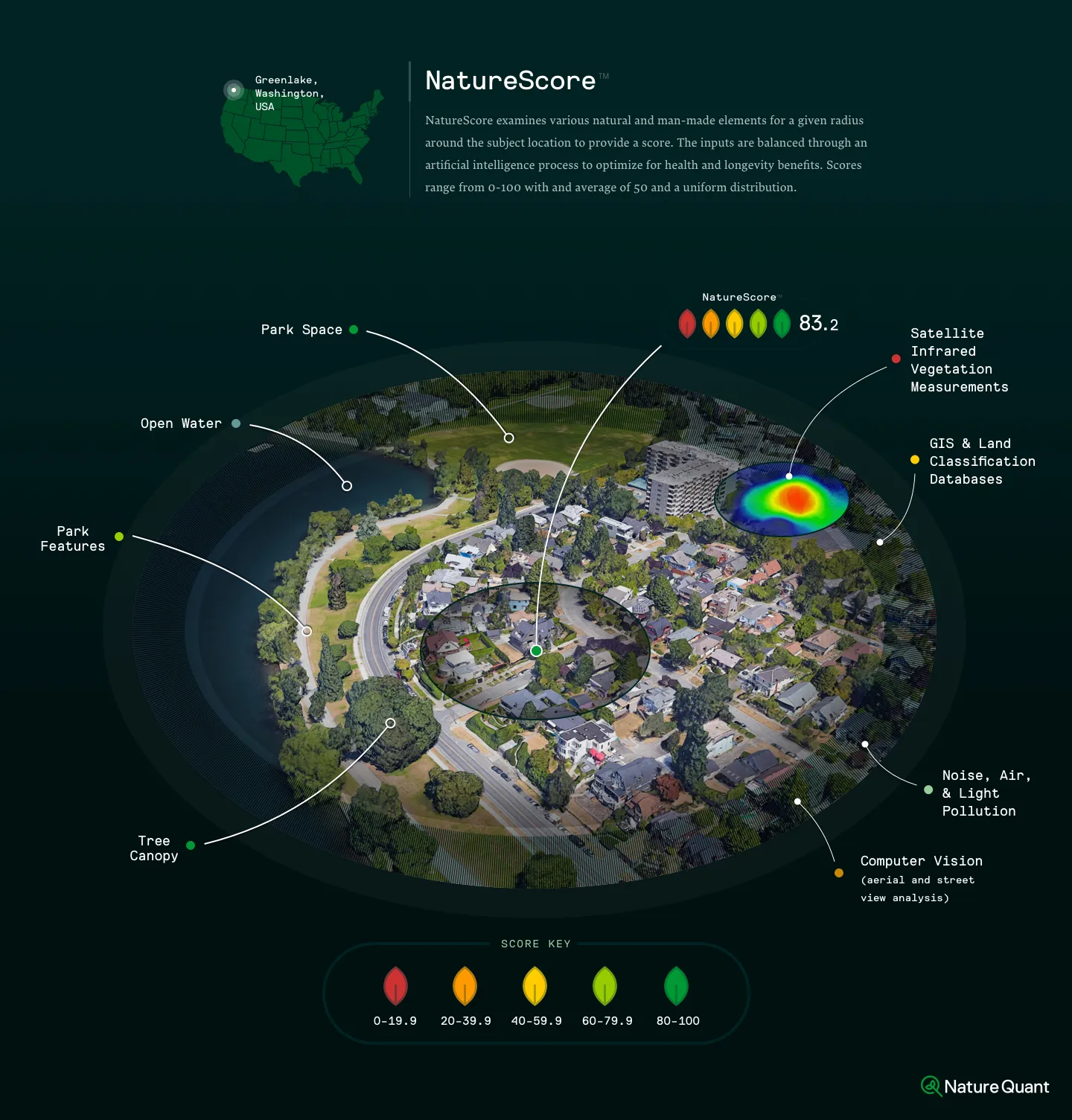How Much Impact Do Parks Have on Property Value?
In all but three of the studies a positive premium was observed.

Key Points
- Research has consistently shown that urban properties near green space demand price premiums
- Specifically, researchers have observed an average premium of 8-10% on property values abutting or fronting a passive park in urban environments
- The premium declines to negligible amounts for properties over 500 feet from the green space
Property Value Impact
In a recent article in the Journal of Leisure Research, Sarah Nicholls, a professor in the department of business at Swansea University’s School of Management, and John Crompton, a professor at Texas A&M University, reviewed 33 recent studies published in peer-reviewed publications; those studies measured the impact of distance from a park on the sales price of a residence.
In over 90% of those studies a positive premium was observed for properties in the proximity of a park.
The Nicholls and Crompton article concluded that a premium of 8-10% on property values abutting or fronting a passive park in urban environments is a reasonable starting point for developing estimates of valuation impacts. However, in the three analyses where parks had either no significant impact on sales price or a negative impact, noise, congestion, and reduced privacy outweighed the positive amenity value associated with being close to a park.
Most community-sized parks (~40 acres) had a substantial impact on home prices up to a distance of 500 to 600 feet. While the influence of larger parks extended out to 2,000 feet, beyond 500 feet the influence was relatively small.
Premiums were invariably more positive when properties were close to passive rather than active parks (for example, parks with sports fields). Further, proximity to water areas and immediate adjacency to golf courses translated into higher premiums, while proximity to cemeteries sometimes resulted in negative premiums.
It was also noted that premiums associated with multi-family or small-lot properties were higher than those accruing to single-family or large-lot properties. This difference could relate to the lack of a backyard for multi-family or small-lot homes, which benefit greatly when nearby park amenities serve as a substitute.
The findings of Professors Nicholls and Crompton parallel those of proprietary research using the NatureScore® techniques. NatureQuant’s “NatureScore®” merges aerial imagery analysis, satellite infrared measurements, land and vegetation databases, computer vision, and various map and GIS parsing tools to deliver a single comprehensive nature measurement score. Additionally, the NatureScore® considers built environmental pollutions, like air quality, noise pollution, “urban heat islands,” and light pollution. A study of home sales in 2019 has shown an average of ~15% increases in values between the top and bottom quintile of NatureScores. Further, the market is reflecting an increased desire among homebuyers for more open and natural spaces with the mass migration away from cities in response to the COVID-19 pandemic.
